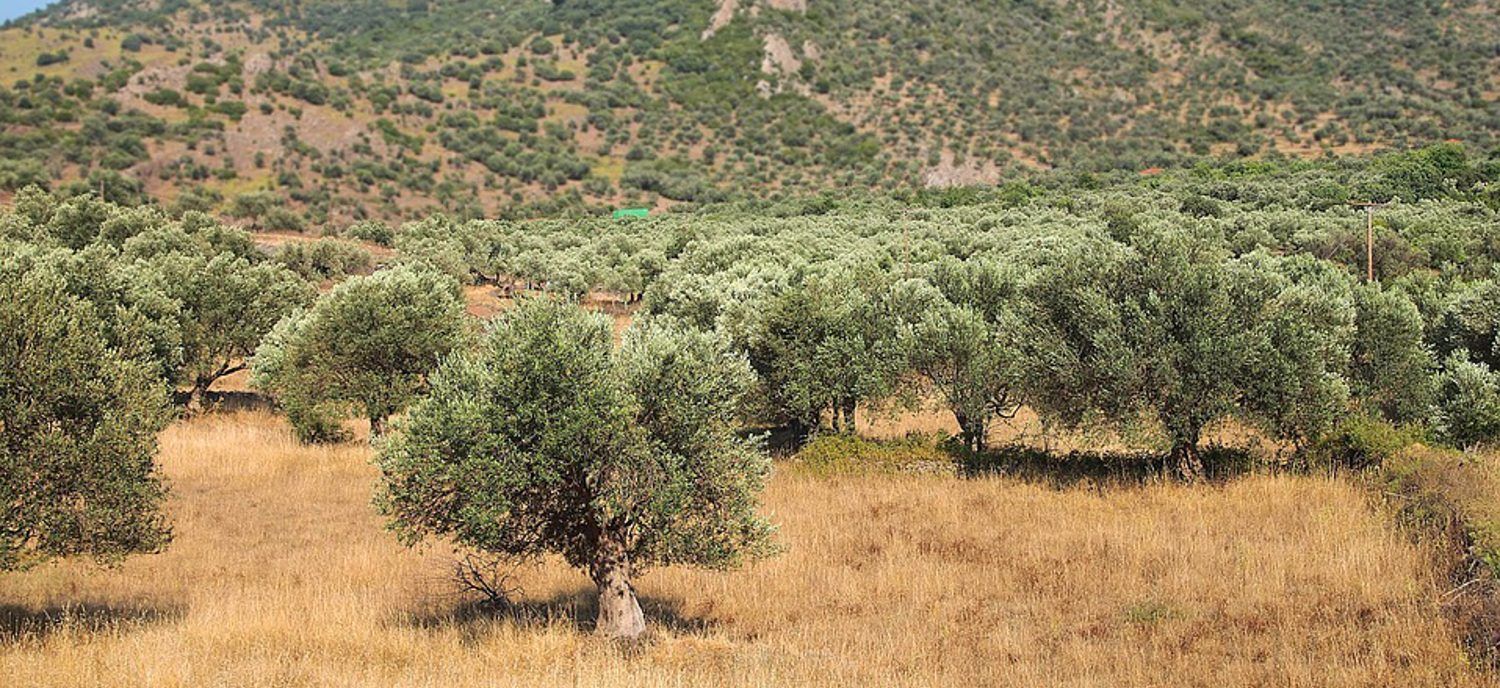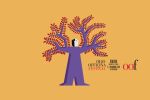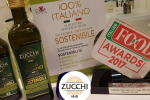19 July 2016
Consumer awareness is increasing and food traceability is increasingly becoming a guarantee to the person who buys and consumes food products but is also a chance for manufacturers to talk about their own brand and story. A way of knowing and understanding the stages that a food goes through, from the field in which it grows to the plate on which it is eaten.
Here are 5 things to know.
- Food traceability can be defined as the documentation on the production stages and on all the ‘players’ who contributed to creating the final product as it is presented to the consumer. Regulation EC No 178 of 28 January 2002addresses the question and encompasses all the provisions regarding the traceability of food andanimal feedin the various production, processing and distribution phases.The regulation also deals with the raw materials used in packaging to provide a complete framework for the entire food chain.
- One of the innovations introduced by the regulation is setting up a European Authority for food safety to provide more assistance with technical and scientific aspects.
- The European Commission white paper lays down the guidelines on traceability or retraceability as an instrument for protecting consumers and ensuring food safety, also with respect to possible product faults and actions required for compensation, complaints and liability.
- In the event of food incidents regarding safety and quality standards, food traceability is used to prevent products coming into contact with consumers by banning them or withdrawing them from the market.
- Zucchi guarantees the food traceability of its products by a code that identifies each oil and is affixed to the label, which can be used directly by consumers to check online the areas of origin of the oils. A smart and technological service for shortening the distance between the consumer and manufacturer to continue the excellent project launched by the Legambiente environmental organisation.






